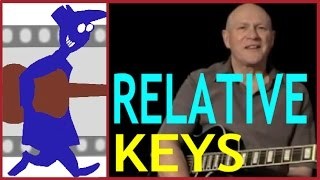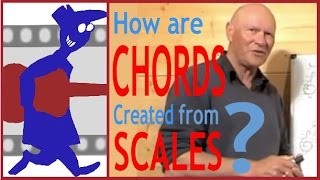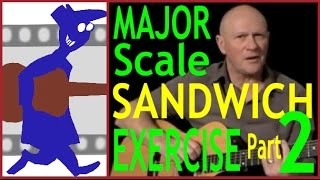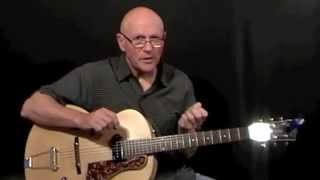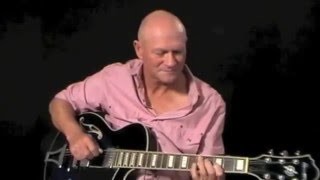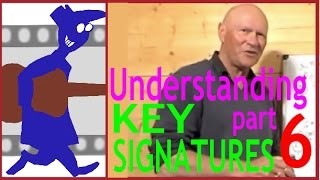Barre Chords - Part 1
Published on 26 January 2016
For more information from the source site of this video please visit: http://secretguitarteacher.com/youtube/intermediate/electric/nF4tAtiqLZ8/83915343-barre-chords-1.php
Barre Chords are undoubtedly one of the biggest stumbling blocks for most of us in our progress towards becoming a good, all-round guitar player.
They really are something of a mixed blessing -- On the one hand, there is no doubt that holding down and playing a nice clean barre chord is physically demanding and that playing rhythm guitar on long songs that use barre chords exclusively is hard work for most of us - even after years of playing guitar professionally!
On the other hand, breaking through the barre chord learning barrier enables you to play so many things that you just can't really play otherwise -- like tunes in keys other than G, C and D and A!
Learning the six basic barre chord shapes we cover in this lesson, together with an understanding of how to name those chords (also covered in this lesson) instantly provides you with 72 more chord shapes than you know at the start of the lesson! Magic!
But there's perhaps a less obvious reason why it is more than worthwhile making the effort to break through the barre chord barrier -- barre chords give you a great advantage over open chords when it comes to playing nice rhythm guitar.
This is because when you play an open chord like A for example, you're are only in control of the three strings you have your fingers on. Whereas with the barre chord version of A you are in control of all six strings and can turn the sound of the chord on or off just by relaxing and gripping the chord shape.
This level of control is essential to play reggae, ska, funk and other similar rhythms properly.
Barre chords also enable you to slide chords around and this is a vital component of rhythms like the famous Bo Diddeley Beat
This control factor has applications too numerous to mention here but I hope that this little demonstration whets your appetite and encourages you to make the necessary investment of effort to overcome the physical and mental difficulties associated with learning barre chords so that you too break through the barre chord barrier!
OK so first lets show you how to attack the physical aspect.
The basic problem we have with barre chords is that we need to hold down up to six strings with just our index finger.
If we take a close look at this finger you will see that on the face of the finger there are two grooved areas where the finger joints are. So for most people, using the finger flat against the fretboard doesn't work because some of the strings find these grooves and that makes the pressure come off the strings.
A better approach is to turn the finger at least partly onto its edge (as shown in this video). Try experimenting by rotating the finger and testing which strings sound clean..
Also, vary how far above the fretboard the finger protrudes.
Experiment until you find the most successful approach for your finger -- remember we are all different so there is no such thing as a fixed solution to suit all shapes and sizes.
Then once you have the best possible approach worked out, carry out this exercise..
Do this as often as you can for short periods of time and use your ears to gauge the results!
3 out of 6 clean sounding strings is a good result to start with. Then, over time you should be able to get a consistent 4, 5 and finally 6 out of 6 at every fret.
That exercise alone will greatly help with the physical aspect. After a couple of weeks of that you will actually feel a great deal more strength on the barring finger and the process will become a great deal more comfortable!
The second part of blasting through the barre chord barrier is the mental task of learning to name barre chords.
The first essential skill required for this is a solid knowledge of the chromatic scale.
If you don't have that, then I suggest visiting http://www.secretguitarteacher.com and completing lessons 8.2 Chromatic scale and if necessary, 8.3 Gym session on chromatic chanting as your next lessons after this one.
The second part of the task is to look at these shapes and make sure you are familiar with all six of them:
E Major
E Minor
E 7
A Major
A Minor
A 7
This is how barre chords are named:
We take an E chord and play it with our small fingers..
..freeing up our index finger so that we can move the shape up the fretboard.
(See the video for demonstration)
And because it is based on the E shape -- its root note, the note after which the chord is named, is always found on the E string.
...Continued in part 2
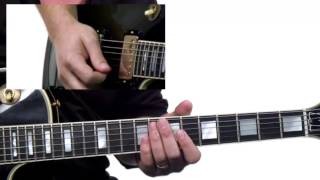 50 Jazz Rock Licks - #2 - Guitar Lesson - James Ho...
50 Jazz Rock Licks - #2 - Guitar Lesson - James Ho...
 The Major Scale
The Major Scale
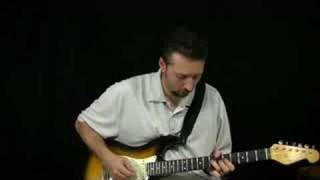 Essential Licks - Box 1 Building Blocks
Essential Licks - Box 1 Building Blocks
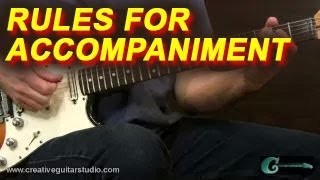 EAR TRAINING: The Golden Rules of Accompaniment
EAR TRAINING: The Golden Rules of Accompaniment
 Music Theory: Key Modulation
Music Theory: Key Modulation
 RobbieCalvoGuitar.com - D Dorian Lesson
RobbieCalvoGuitar.com - D Dorian Lesson
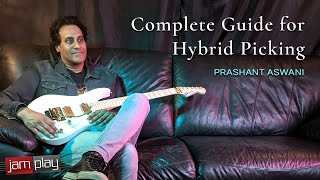 Prashant Aswani - Mastering Hybrid Picking
Prashant Aswani - Mastering Hybrid Picking
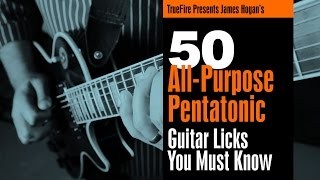 Pentatonic Licks - #26 Get'r Done - Guitar Lesson...
Pentatonic Licks - #26 Get'r Done - Guitar Lesson...
 The Guitar Lesson Academy - Welcome To The Academy...
The Guitar Lesson Academy - Welcome To The Academy...
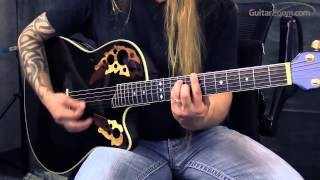 Easy Guitar Lesson - Understand Scale/Chord Relati...
Easy Guitar Lesson - Understand Scale/Chord Relati...
